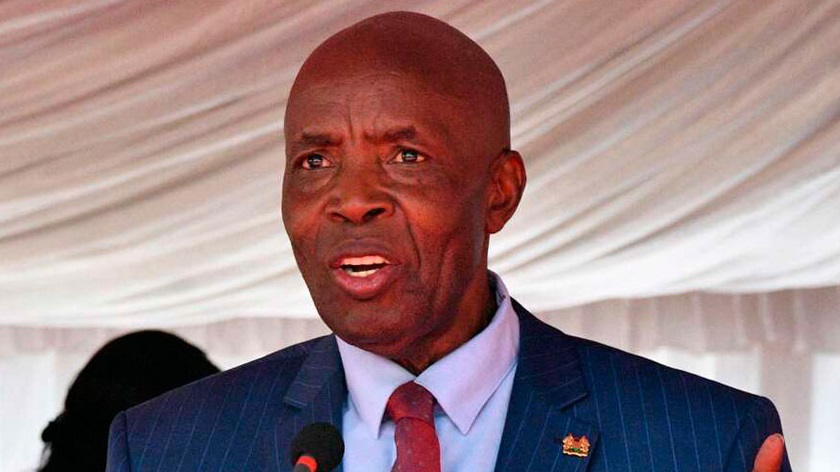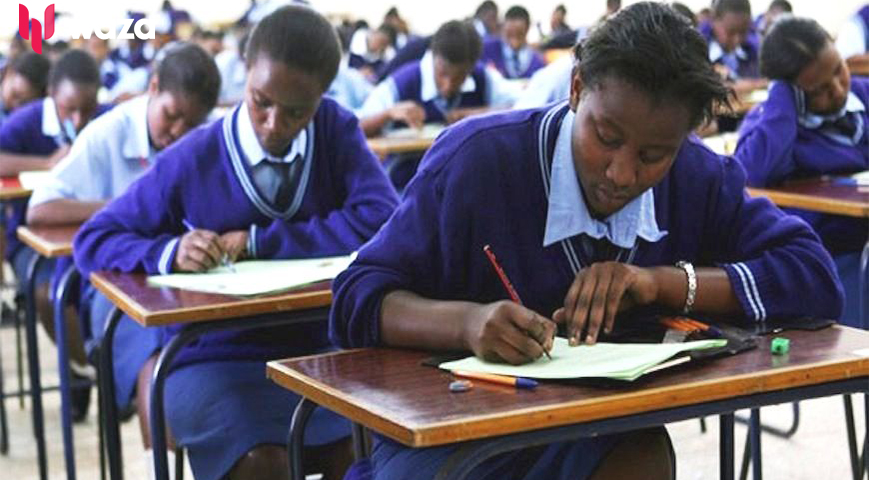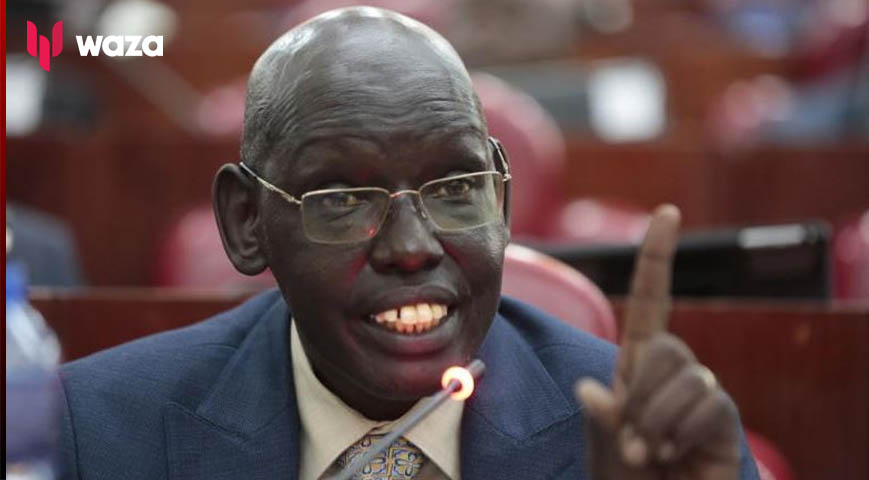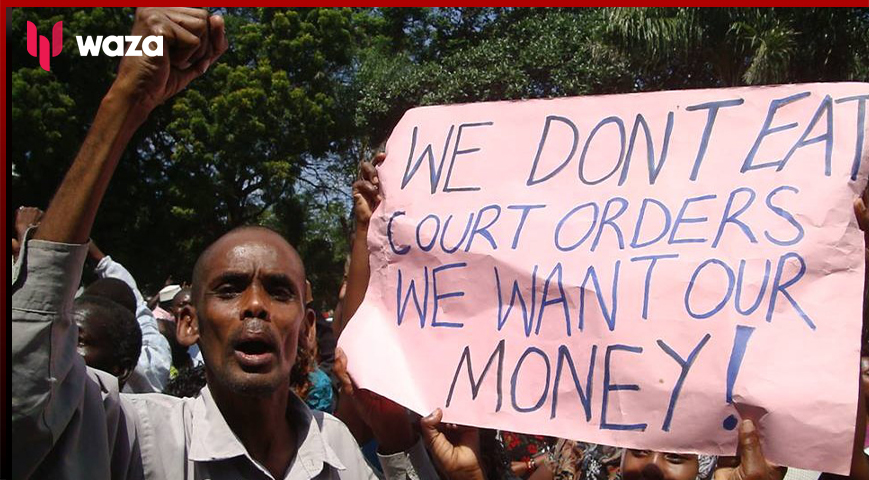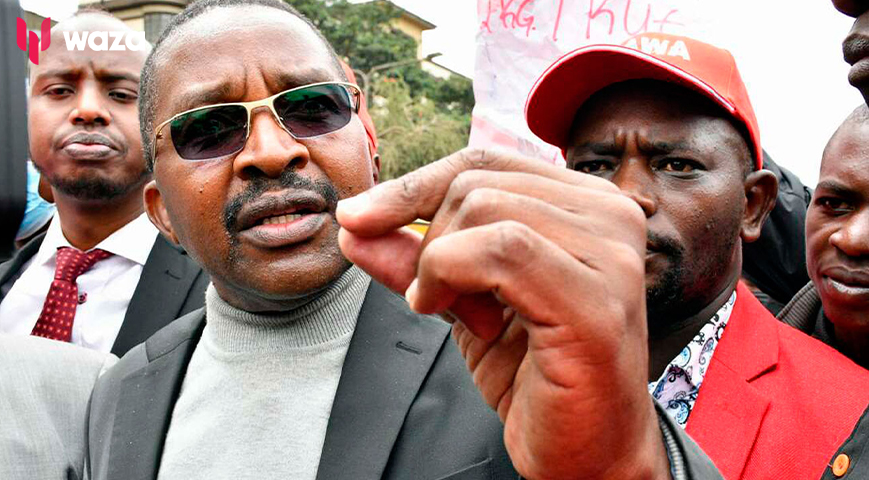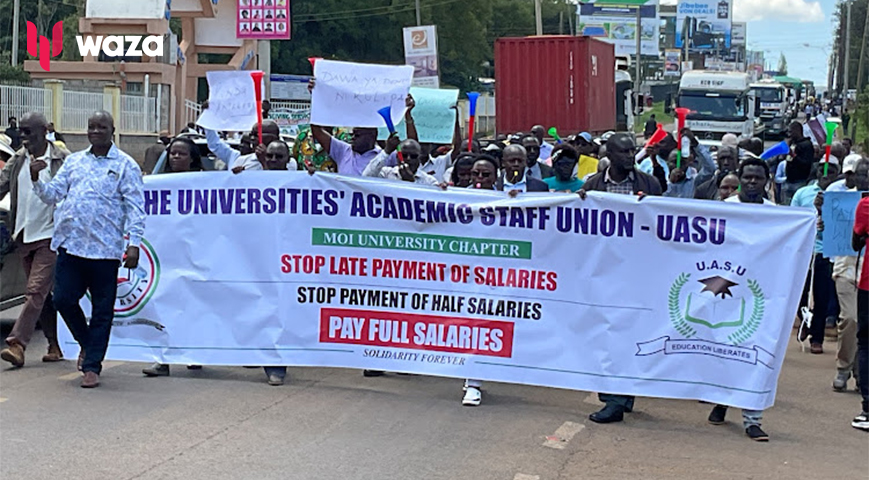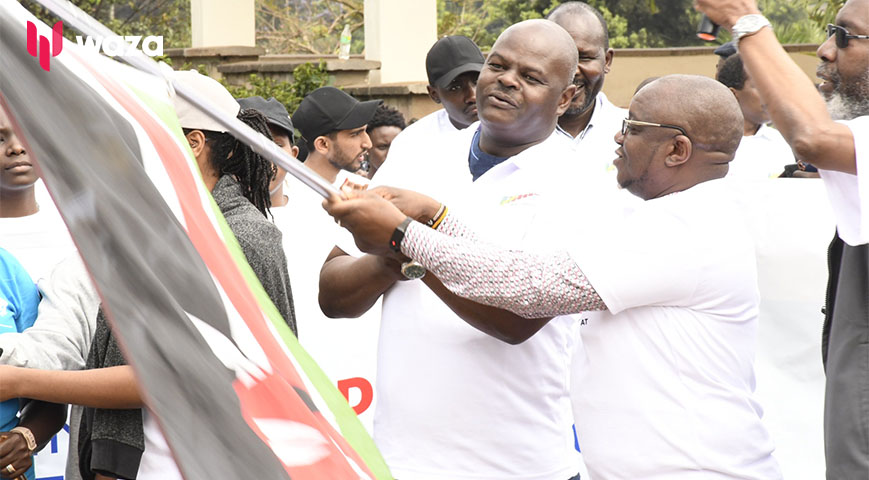The government says the national transition rate for grade six learners who sat for the Kenya Primary School Education Assessment to junior secondary school stands at 96 per cent.
Education Cabinet Secretary Ezekiel Machogu said the government has stepped up efforts in Counties that had challenges in the transition process to ensure 100 per cent transition for learners in junior and senior secondary schools.
Speaking during a monitoring exercise at Bobaracho Primary School in Kisii Central Sub County, Machogu appealed to the County, Sub-County education officials and the Ministry of Interior to assist in mopping up the few learners who had not sought admission to secondary schools.
“This is a multi-agency assignment and we must mop up the students so that any child who has not been able to go to school can be able to do so in the course of this week,” the CS noted.
Further, Machogu said the transition has hit 91 per cent and urged chiefs and assistant chiefs to collaborate with education officers so that all students join to form one.
Did you read this?
Additionally, he has called upon school heads to allow the junior secondary learners to retain the uniform they wore in primary schools until the parents are able to purchase the new uniforms required for Grade Seven.
Machogu noted that the capitation for students in junior secondary school was ready for disbursement and will be based on the enrolment in schools with each learner being allocated Kes.15 042.
Moreover, he noted the ministry had distributed textbooks worth Kes17 million to junior secondary schools countrywide adding that the books will cover all the subjects taught in Grade Seven.
“There are a few subject areas where we have not been able to send the textbooks, but the exercise is ongoing and next week, we will finalize giving out the books to every junior secondary school in the whole country,” he said.
Machogu also noted that there are enough classrooms and the government has partnered with the World Bank to build 80,000 laboratories at a cost of Kes 10 billion which will meet about 40 per cent of the Ministry’s requirement.

